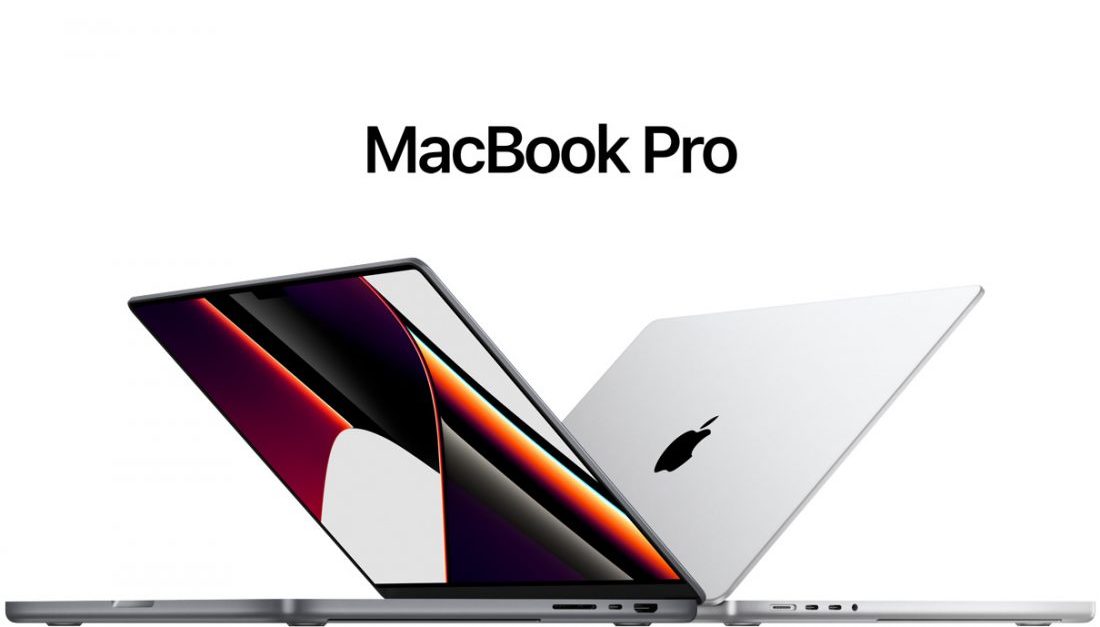When we purchase new smart devices, whether it’s a new iPhone, iPad or Mac, we usually wish to receive plenty of storage space for our favorite movies, music, images, apps, etc. But our Macs just cannot cope with such a pile of downloads and different files, thus, in the future, they keep slowing down and giving out errors. It’s not about all your content, but the cache and the old attached files, which you need to remove from time to time.
If you don’t care about your Mac and put off cleaning it in time, the following may happen:

Of course, it’s unpleasant to get the news in the form of a small pop-up window that informs you that your hard disk is almost full. In such situations, you need to act quickly, but properly, so as not to damage the system and accidentally delete the files you need. With the information below, you will learn how to clean up storage on Mac.
Keep Your Mac Fresh and Fast
To make your Mac system work better and speed it up, you should periodically provide a deep and careful cleaning. It will help you reclaim space on the startup disk, get rid of useless folders and files, as well as boost the working performance.
If you don’t want to clean your computer on your own, don’t hesitate to download a specific cleaning application. For example, MacFly Pro is an up-to-date cleaning software designed for Mac. It accurately deletes unnecessary items like duplicates, temporary files, log files, email attachments, unwanted apps, other storage, and so on. Furthermore, it constantly scans the overall system to warn about potential threats or harmful data.
In case you haven’t noticed any issues with performance, you ought to check the current amount of storage you have. To do this, on a Mac OS X 10.8 or later, go to the Apple menu > About This Mac > Storage.
So, if you see a notification that your hard drive is full, start to clear up storage on your Mac. You may either get help from online cleaning tools or dare to clean your Mac manually. Find and dispose of files that occupy much space on the hard disk, like applications you don’t use or temporary files that accumulate quickly. Also, empty the trash cans, uninstall old software, do a malware scan using an antivirus, and get your Mac updated.
Now that you know how to free up storage on Mac by yourself, let us introduce you a way to clear Other files. For this, you will need first to check the Library home folder. From our experience, we could say it can be related to 1 or 2 folders on a library in the Home Folder.
What is a library folder? It is a hidden folder that stores all files associated with the setting or specific content of the application so that particular app can work properly. To enter the library folder in Mac OS X, open the Finder, then Go > Go to Folder and type ~/Library/.

Next, tap View and then click on the Library folder. After that, right-click on it and choose Get Info. Now you can check your Library to find whether there is as much data in the Library folder as in the Other files folder.
There, you need to look for a specific folder that has the excessive files.
1. Go to Folder Library > Application Support > Mobile Sync > Backup.
The backup folder, obviously, stores the backup files of your Mac. You can right-click on that folder, then choose Get Info to find out whether it takes up much space. Remove a certain backup file from your device if you consider it useless.
2. Folder Mail
The Folder Mail is related to your email attachments and preferences. You can discover more information by clicking on that folder and then Get Info.



